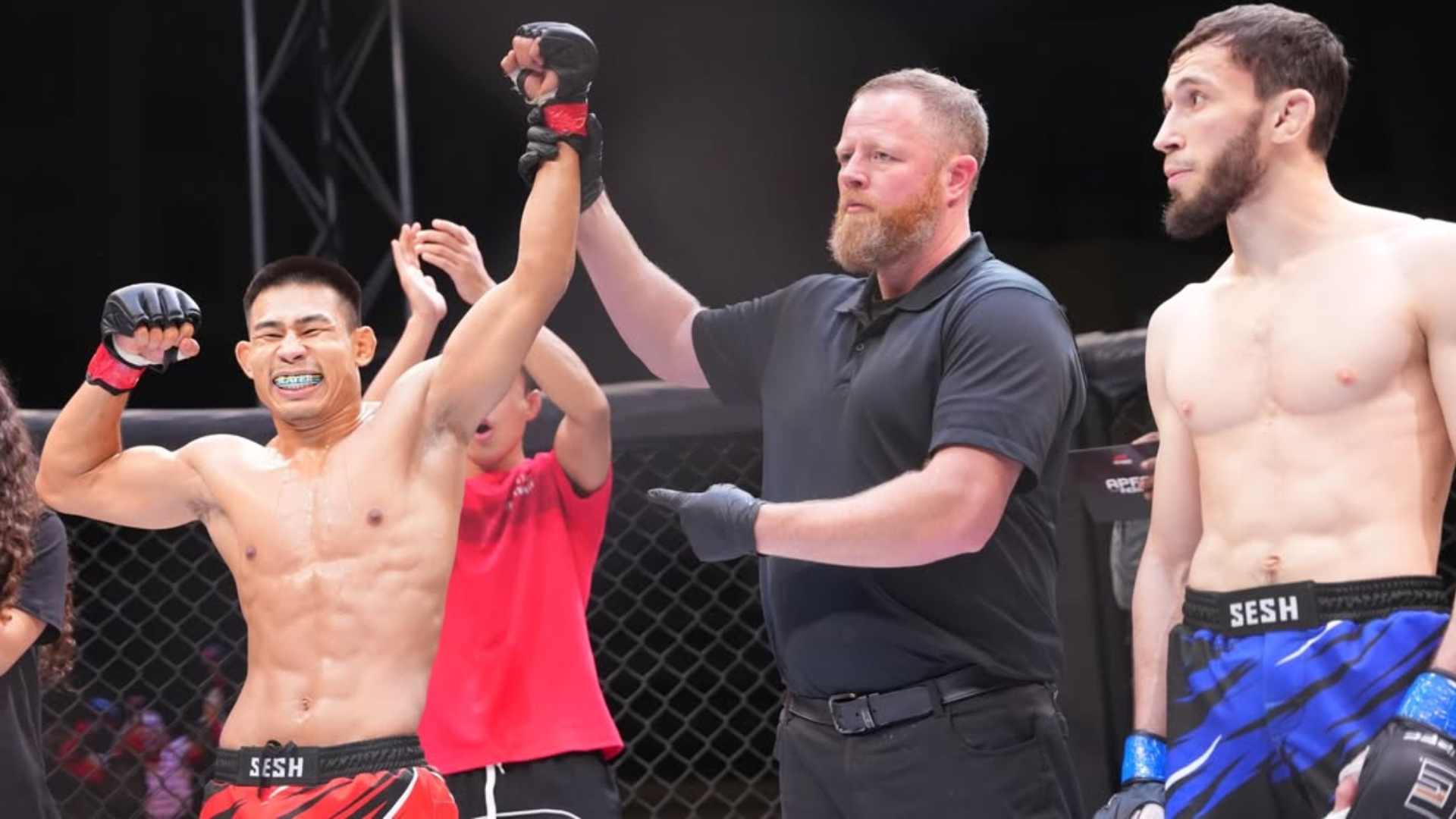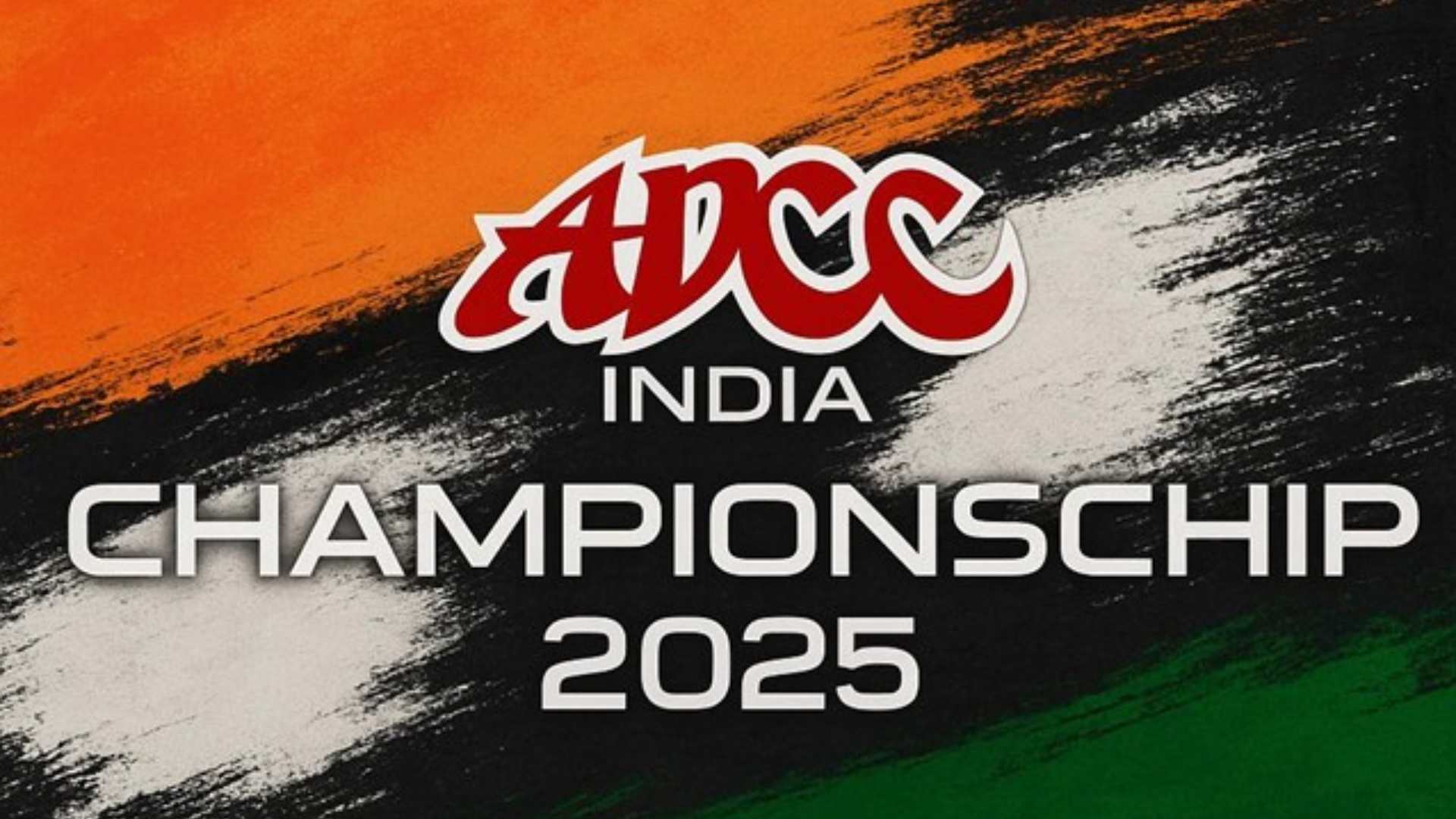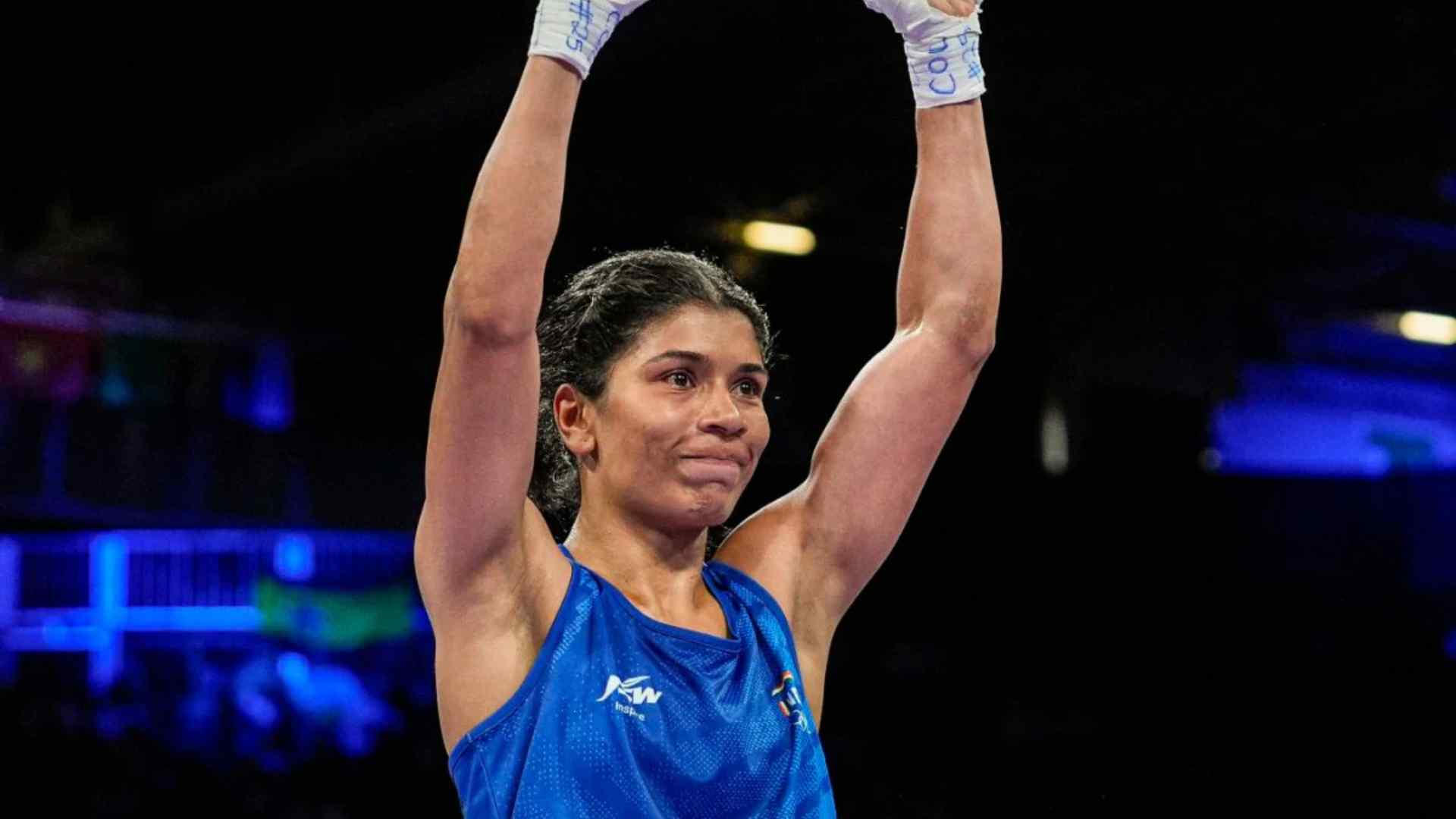BJJ belt systems and BJJ ranks are not rocket science. In fact, they are easy to understand.
If you are thinking about learning a combat sport like Brazilian Jiu-Jitsu (BJJ), then it is ideal that you learn about the BJJ belts and ranking systems.
The ranking system in Brazilian jiu-jitsu denotes a practitioner's increasing level of technical knowledge and practical proficiency in the art. The practitioner is granted coloured belts that are worn as part of their outfit.
Although the Brazilian banking system is based on the judo belt-rank system, it features several small changes from Judo, such as a distinction between youths and adults and the awarding of stripes and degrees. Some distinctions have become synonymous with the art form, such as a conspicuous lack of formality in promotional requirements, a concentration on competitive talent demonstration, and conservative promotion.
Below are the different BJJ Belts or Ranks
- White Belt
- Blue belt
- Purple belt
- Brown belt
- Black belt
- Red / Black belt (Coral belt)
- Red / White belt (Coral belt)
- Red belt
White Belt in BJJ
For all Brazilian jiu-jitsu students, a white belt is the first rank. The level is open to any newcomer to the art, and there are no prerequisites. Because a white belt will often fight from weaker positions, especially when practicing with more experienced practitioners, some instructors and other high-level practitioners believe that a white belt's training should stress escapes and defensive placement.
Most academies will also demand that a white belt-level practitioner have a well-rounded skill base, including a working mastery of basic BJJ moves like common submissions and guard passes.
Blue belt in BJJ
In Brazilian jiu-jitsu schools that do not employ yellow, orange, or green belts for adults, a blue belt is the second adult rank. At the blue belt level, students acquire a broad range of technical information and put in hundreds of hours on the mat to learn how to execute these movements effectively. Blue belt is frequently the rank at which a learner learns the most skills. The IBJJF stipulates that a practitioner must have a blue belt for at least two years before advancing to purple.
Although many Brazilian jiu-jitsu organizations follow the IBJJF policy of giving the yellow, orange, and green belts only to minors (under 16 years of age), some augment the time between white and blue belts with one or more of these belts for adult practitioners.
To receive a blue belt, a practitioner must be at least 16 years old, indicating that they have officially entered the adult belt system.
Purple belt in BJJ
In Brazilian jiu-jitsu, the purple belt is the intermediate adult rank. Purple belt practitioners have amassed a significant amount of information, and they are generally deemed qualified to assist in the instruction of lower-ranked pupils.
To be eligible for a purple belt, pupils must be at least 16 years old and have spent at least two years ranked as a blue belt, with somewhat differing requirements for those graduating directly from the juvenile belts. Before attaining a brown belt, a practitioner must be a purple belt for at least 18 months, according to the IBJJF.
Brown belt in BJJ
Brown belt is the highest-ranked color belt in Brazilian jiu-jitsu after the black belt. It takes at least five years of diligent training to progress from a novice white belt to a brown belt. It's commonly thought of as a period for honing skills.
To be eligible for a brown belt, pupils must be at least 18 years old and have spent at least 18 months as a purple belt, according to the IBJJF. Before advancing to the black belt, a practitioner must train at the brown belt level for a least one year, according to the IBJJF.
Black belt in BJJ
The black belt in Brazilian jiu-jitsu represents a high level of technical and practical proficiency. Black belts in BJJ are frequently addressed as "professor" or "coach" within the discipline, however, some schools and organizations reserve these titles for more senior black belt instructors.
The IBJJF mandates that a student be at least 19 years old and have held a brown belt for at least a year to be eligible for a black belt. The black belt has nine levels of proficiency, comparable to the dan in traditional Japanese martial arts, with the seventh and eighth degrees marked by a coral belt and the ninth degree by a red belt.
There is no standardization between academies or organizations in jiu-jitsu, as there is in most things. This is especially true for black belts, as the IBJJF does not provide specific instructions on belt variations.
A black belt with a white bar generally indicates a competitor or practitioner, a black belt with a plain red bar is the standard black belt (but sometimes differentiates a coach from a professor), and a red bar with white borders on both ends sometimes comes after at least a year or more of teaching as a black belt and can differentiate a professor.
Red / Black belt (Coral belt)
When a Brazilian jiu-jitsu black belt reaches the seventh degree, he or she is given an alternating red-and-black belt, similar to the one given to only a few judo bodies, such as the USJA, when they reach the fourth degree. After the coral snake, this belt is known as a coral belt. Coral belts are very skilled practitioners, the majority of whom have had a significant impact on Brazilian jiu-jitsu, and they are frequently addressed by the title master within the art. Before graduating to the next rank, the IBJJF needs a minimum of 7 years of training and teaching at the black and red belt levels.
Red / White belt (Coral belt) in BJJ
In 2013, the International Brazilian Jiu-jitsu Federation revised the graduation requirements for the transfer from seventh to eighth-degree black belt. In summary, an 8th-degree black belt practitioner will wear a red and white belt identical to the one used on ceremonial occasions by sixth to eighth-degree holders in judo which is also known as a coral belt. Before graduating to the next rank, the IBJJF needs a minimum of 10 years of teaching and training at the red and white belt levels.
Red belt in BJJ
The red belt is reserved in Brazilian jiu-jitsu, according to Renzo and Royler Gracie, "for those whose influence and fame brings them to the summit of art." It's given instead of a ninth or 10-degree black belt. If a practitioner earns a black belt at the age of 19, the earliest they can anticipate achieving a ninth-degree red belt is at the age of 67. The title grandmaster is frequently used to address Brazilian jiu-jitsu red belt holders within the sport. Only the founders of Brazilian Jiu-Jitsu, Carlos, Oswaldo, George, Gaston, and Helio Gracie, were conferred the 10th degree.
And that's all you need to know about BJJ Belts and Ranks.








Leave a comment
Please login to leave a comment.